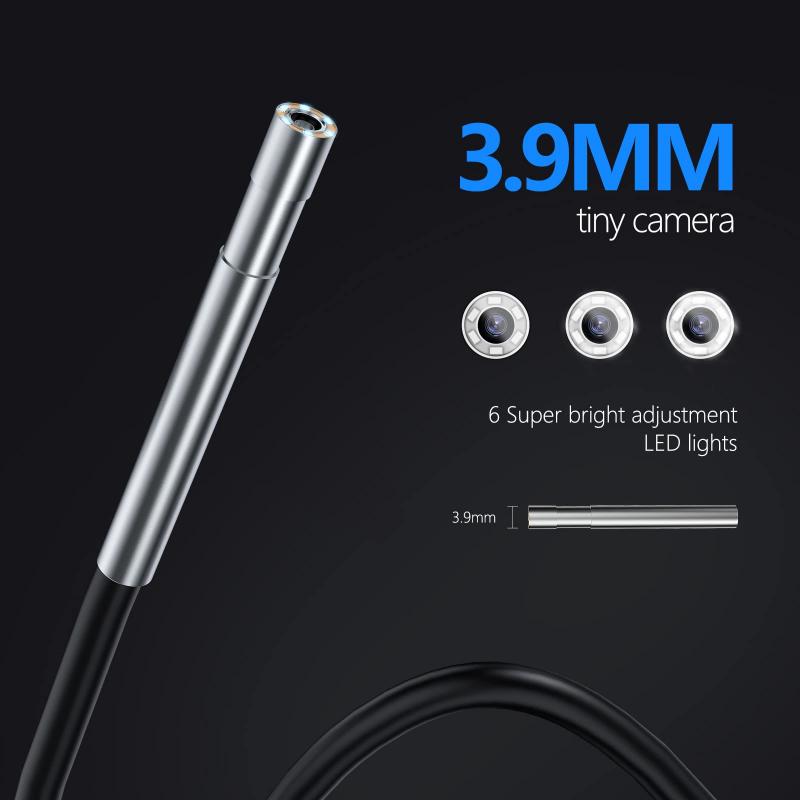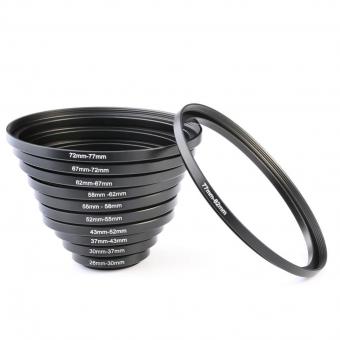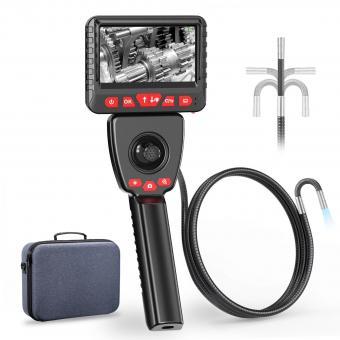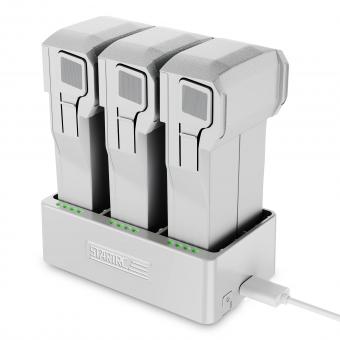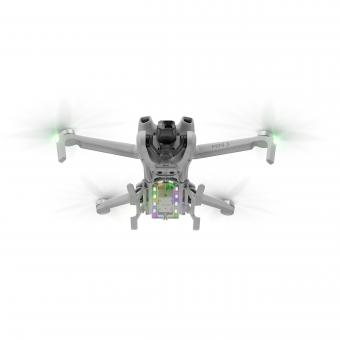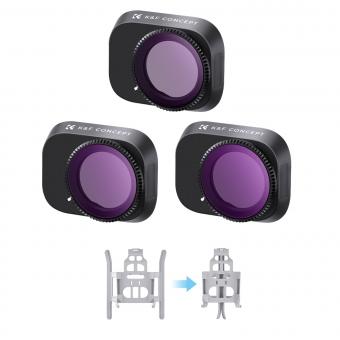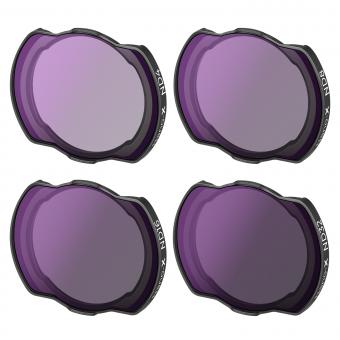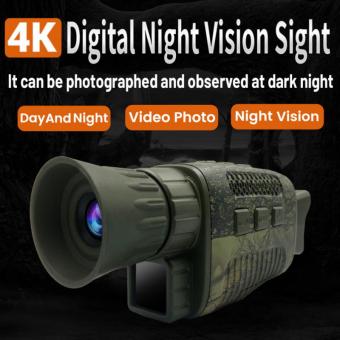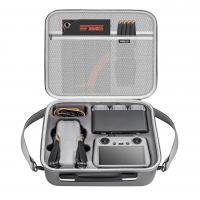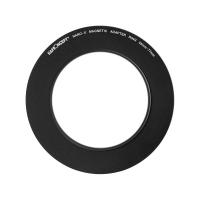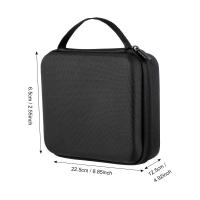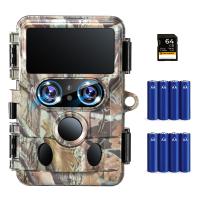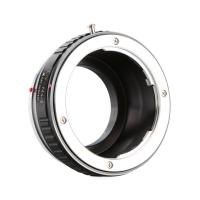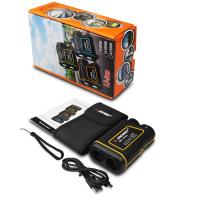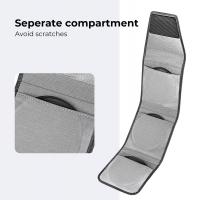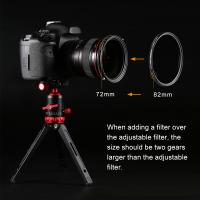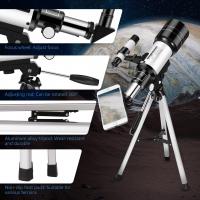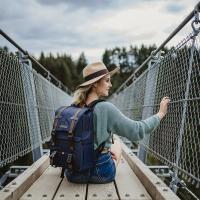How To Set Up Lights For Photography ?
To set up lights for photography, you will need to consider the type of lighting you want to achieve. Here are some general steps to get you started:
1. Determine the lighting style: Decide whether you want to use natural light, artificial light, or a combination of both. Natural light can create a soft and diffused look, while artificial light allows for more control.
2. Choose the right equipment: Invest in quality lighting equipment such as strobes, continuous lights, or speedlights, depending on your budget and needs. Consider getting light modifiers like softboxes, umbrellas, or reflectors to shape and control the light.
3. Position your lights: Set up your lights at different angles to create the desired effect. The key light is the main light source and should be positioned at a 45-degree angle to the subject. Fill lights can be placed on the opposite side to reduce shadows, while backlighting adds depth and separation.
4. Adjust the intensity and color temperature: Experiment with the power output of your lights to achieve the desired brightness. If using artificial lights, adjust the color temperature to match the ambient light or create a specific mood.
5. Test and adjust: Take test shots and review the results. Make necessary adjustments to the position, intensity, or modifiers to achieve the desired lighting effect.
Remember, lighting in photography is a creative process, so don't be afraid to experiment and find your own style.
1、 Lighting equipment for photography setups
Setting up lights for photography is crucial to achieve the desired results. Whether you are shooting portraits, still life, or any other genre, proper lighting can make a significant difference in the final image. Here's a guide on how to set up lights for photography:
1. Determine the type of lighting: There are various lighting setups, including natural light, continuous lighting, and flash/strobe lighting. Each has its advantages and disadvantages, so choose the one that suits your needs and budget.
2. Position your main light: The main light is the primary source of illumination and sets the overall mood of the image. Place it at a 45-degree angle to the subject, slightly above eye level, to create flattering shadows and dimension.
3. Add fill light: Fill light helps to reduce shadows and balance the overall exposure. Position it opposite the main light, at a lower intensity, to fill in the shadows without overpowering the main light.
4. Consider backlighting: Backlighting adds depth and separation between the subject and the background. Place it behind the subject, slightly off-center, to create a rim of light around the edges.
5. Use reflectors and diffusers: Reflectors bounce light back onto the subject, filling in shadows and adding highlights. Diffusers soften harsh light, creating a more pleasing and even illumination.
6. Experiment with light modifiers: Light modifiers, such as softboxes, umbrellas, and grids, can shape and control the light. They help to create different effects, such as soft, diffused light or more focused and directional lighting.
7. Test and adjust: Take test shots and review the lighting setup. Make adjustments to the position, intensity, and modifiers as needed to achieve the desired look.
In recent years, advancements in LED technology have made continuous lighting a popular choice for many photographers. LED lights offer a range of color temperatures, are energy-efficient, and provide a constant light source, making it easier to visualize the final result before capturing the image.
Remember, lighting in photography is subjective, and there are no strict rules. It's essential to experiment, practice, and develop your own style to create compelling and visually appealing images.

2、 Key light placement and positioning techniques
Key light placement and positioning techniques are essential for creating stunning and well-lit photographs. Here's a guide on how to set up lights for photography:
1. Determine the purpose: Understand the mood and style you want to achieve in your photograph. This will help you decide the type and intensity of lighting required.
2. Choose the right equipment: Invest in quality lighting equipment such as strobes, continuous lights, or speedlights. Consider factors like power output, color accuracy, and versatility.
3. Position the key light: The key light is the primary light source and sets the overall tone of the image. Place it at a 45-degree angle to the subject, slightly above eye level. Experiment with different positions to achieve the desired effect.
4. Modify the light: Use light modifiers like softboxes, umbrellas, or diffusers to control the quality and direction of light. Softboxes create soft, even lighting, while umbrellas provide a broader spread. Diffusers help reduce harsh shadows.
5. Fill in with a reflector: To balance the shadows created by the key light, use a reflector on the opposite side of the subject. This will bounce light back onto the subject, reducing contrast and adding detail.
6. Consider backlighting: Adding a backlight behind the subject can create depth and separation from the background. Experiment with different positions and intensities to achieve the desired effect.
7. Use additional lights: Depending on the complexity of the shot, you may need to add additional lights for specific purposes. Rim lights, hair lights, or background lights can add dimension and drama to your photographs.
8. Test and adjust: Take test shots and review the lighting setup. Make adjustments as needed to achieve the desired look. Pay attention to shadows, highlights, and overall balance.
In recent years, there has been a growing trend towards using natural light in photography. Many photographers are embracing the beauty and versatility of natural light, especially for outdoor shoots. However, the principles of key light placement and positioning remain the same, whether using artificial or natural light sources.
Remember, lighting is a creative tool that can greatly enhance your photographs. Experiment with different techniques and don't be afraid to think outside the box to achieve unique and captivating results.
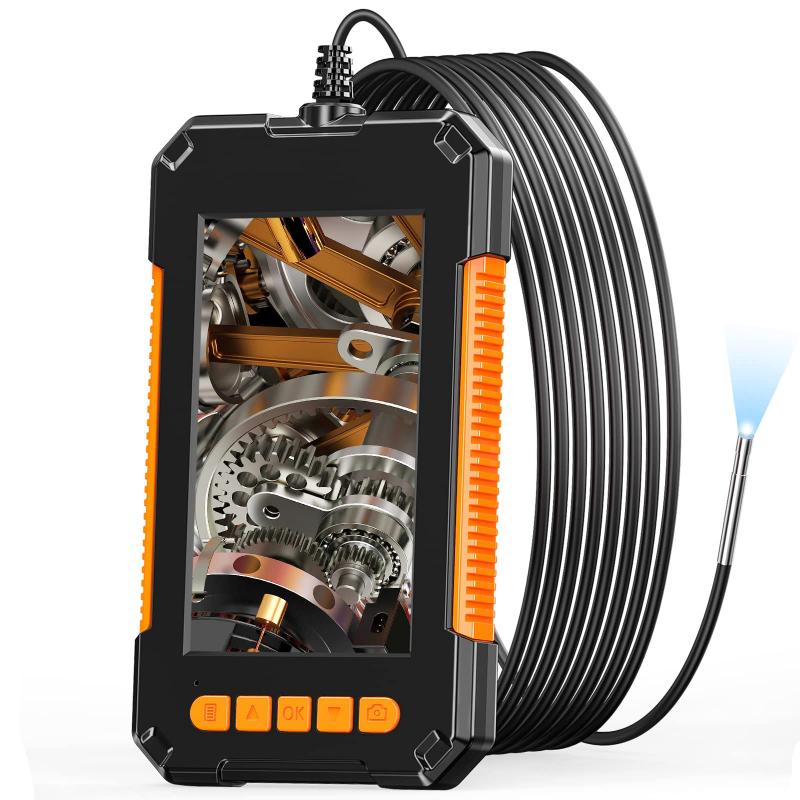
3、 Fill light strategies for balanced illumination
Fill light strategies for balanced illumination are essential in photography to ensure that the subject is well-lit and all details are captured effectively. Here is a guide on how to set up lights for photography:
1. Key Light: Start by positioning your main light source, also known as the key light. This light should be the brightest and placed at a 45-degree angle to the subject. It provides the primary illumination and defines the overall look of the image.
2. Fill Light: The fill light is used to reduce shadows created by the key light. It should be placed on the opposite side of the key light, also at a 45-degree angle. The intensity of the fill light should be lower than the key light to maintain a balanced illumination. Softboxes or diffusers can be used to create a softer and more even fill light.
3. Backlight: Adding a backlight behind the subject helps separate them from the background and adds depth to the image. It should be positioned behind the subject, slightly off to the side. This light can be used to create a rim of light around the subject, highlighting their outline.
4. Reflectors: Reflectors are a cost-effective way to manipulate light. They can be used to bounce light back onto the subject, filling in shadows and adding more dimension to the image. Reflectors come in various colors, such as silver, gold, and white, each providing a different effect.
5. Latest Point of View: With advancements in technology, LED lights have become popular in photography. They offer a more energy-efficient and versatile lighting solution. LED panels can be adjusted in terms of color temperature and intensity, allowing for greater control over the lighting setup.
Remember, the key to successful lighting in photography is experimentation and practice. Understanding the basic principles and continuously adapting to new techniques and equipment will help you achieve balanced illumination and create stunning photographs.
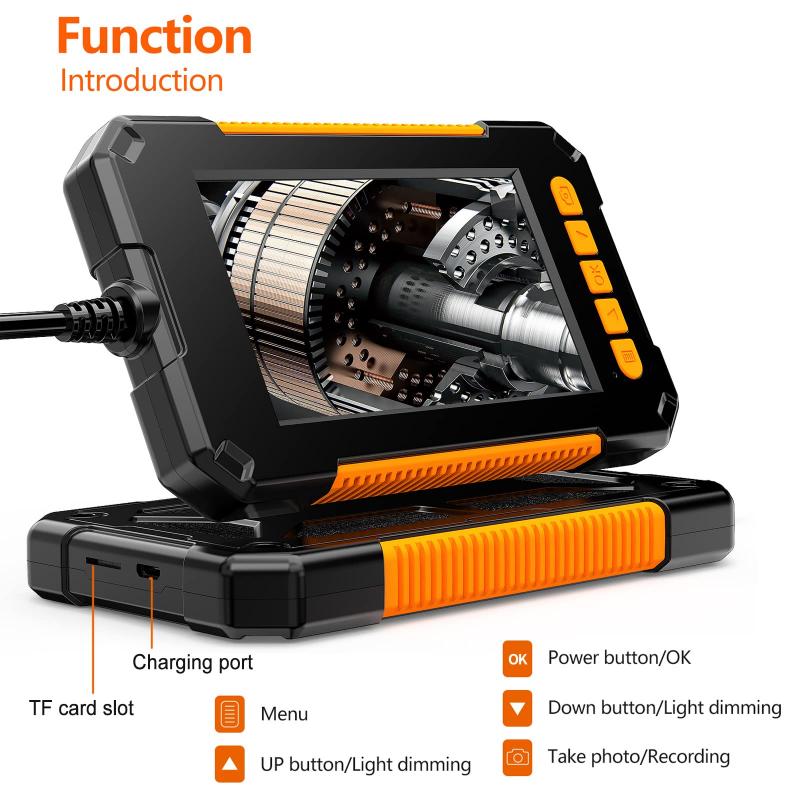
4、 Backlighting methods to create depth and separation
Backlighting methods to create depth and separation in photography can greatly enhance the overall quality and impact of your images. By strategically placing lights behind your subject, you can create a sense of depth, separation, and dimensionality. Here's a guide on how to set up lights for photography using backlighting techniques:
1. Positioning the lights: Place one or more lights behind your subject, slightly off to the side. This will help create a separation between the subject and the background, adding depth to the image. Experiment with different angles and distances to achieve the desired effect.
2. Adjusting the intensity: Backlighting works best when the light is slightly brighter than the ambient light. This will help create a halo effect around the subject, emphasizing their shape and adding a three-dimensional feel. Use a light meter or trial and error to find the right balance.
3. Controlling the light: To avoid lens flare and unwanted reflections, use a snoot or barn doors to shape and direct the light. This will allow you to precisely control where the light falls and prevent it from spilling onto the camera lens.
4. Adding fill light: While backlighting can create stunning effects, it can also result in underexposed subjects. To counterbalance this, use a reflector or additional lights to add fill light to the front of the subject. This will help illuminate their features and prevent them from appearing too dark.
5. Post-processing: Once you have captured your images, you can further enhance the depth and separation by adjusting the contrast, highlights, and shadows in post-processing software. This will help bring out the details and make the subject pop against the background.
In recent years, photographers have also started experimenting with using natural light as a backlight source. This can create a softer and more organic look, especially during golden hour or when shooting against a sunset. Additionally, incorporating colored gels or filters in front of the backlight can add a creative and unique touch to your images.
Remember, mastering backlighting techniques takes practice and experimentation. Don't be afraid to try different setups and adjust your lighting to achieve the desired effect. With time and experience, you'll be able to create stunning images that showcase depth and separation through backlighting.
